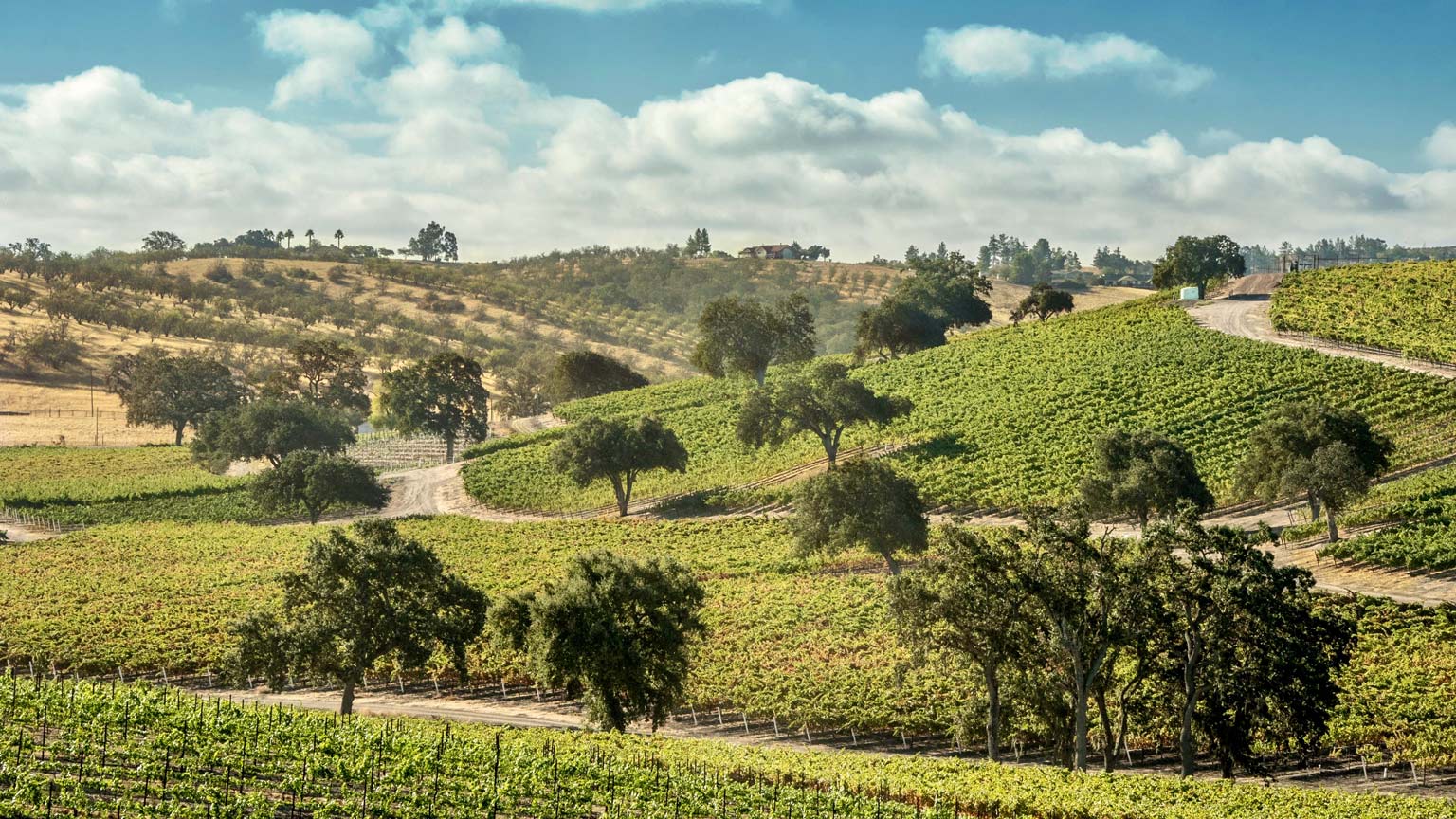Nose
Intense aromas of black cherry, cola, plum, and rose petal.
Palate
The palate is round and lush, with ripe berry and
cherry flavors joined by spice and floral
notes. The wonderful texture lingers on the
palate long after the wine is gone.
Growing Conditions
The 2013 vintage marks the fifth release of our Russian River Valley Reserve Pinot Noir. Our
source is a 16-acre vineyard located in the heart of the Russian River Valley that was planned
and planted by Anne Moller-Racke in the mid-1990's. In 2013, for the first time, our
Pommard block eclipsed the Dijon 667 block, and Pommard makes up the majority of the
blend, adding depth and complexity to what has always been one of our richest bottlings.
Harvest
After very cool growing seasons in back to back years (2011 & 2012), the 2013 vintage felt quite warm,
although it was actually close to average for Northern California. Bud break occurred very early thanks
to a warm spring, leading to concerns about an extremely early harvest, but we avoided any heat spikes
throughout the summer, which slowed things down in the vineyard. With all of our vineyards (and
seemingly everyone else’s in Sonoma and Napa) tracking around the same sugar levels, the potential for
too much fruit at once made everyone nervous, but cool weather at just the right times in early and late
September created the spacing we needed. The 2013 calendar year was very dry, but fortunately heavy
rains in November and December of 2012 provided enough moisture in the soil and water for irrigation
to last the growing season. One small rain event on September 21st and 22nd created some worries, but
little rain fell and strong winds dried the vineyards out quickly. Our harvest began at our Russian River
Vineyard on September 2, and wrapped up in Carneros on October 8.
Bottling
The final blend was put together and
bottled in February, 2015.
Winemaking
Fruit for our Russian River Reserve was allowed to get maximum hangtime, ensuring that the skins
reached full ripeness. Once we determined that the skins were ready the fruit was hand-harvested
early in the morning, and sorted twice at the winery. After a long cold-soak, the cap was punched
down frequently during fermentation to achieve maximum extraction. Once primary fermentation
was complete, the wine underwent a period of extended maceration, allowing for further extraction
of skin tannin and flavor.
Aging
The free run ended up in French oak, about 70% new, where it underwent
malolactic fermentation and then rested in barrel for about 14 months.
Appearance
Deep ruby in color.







